The situation in the Red Sea continues to escalate, with the Hamas-Israel conflict posing a difficult problem for the world .
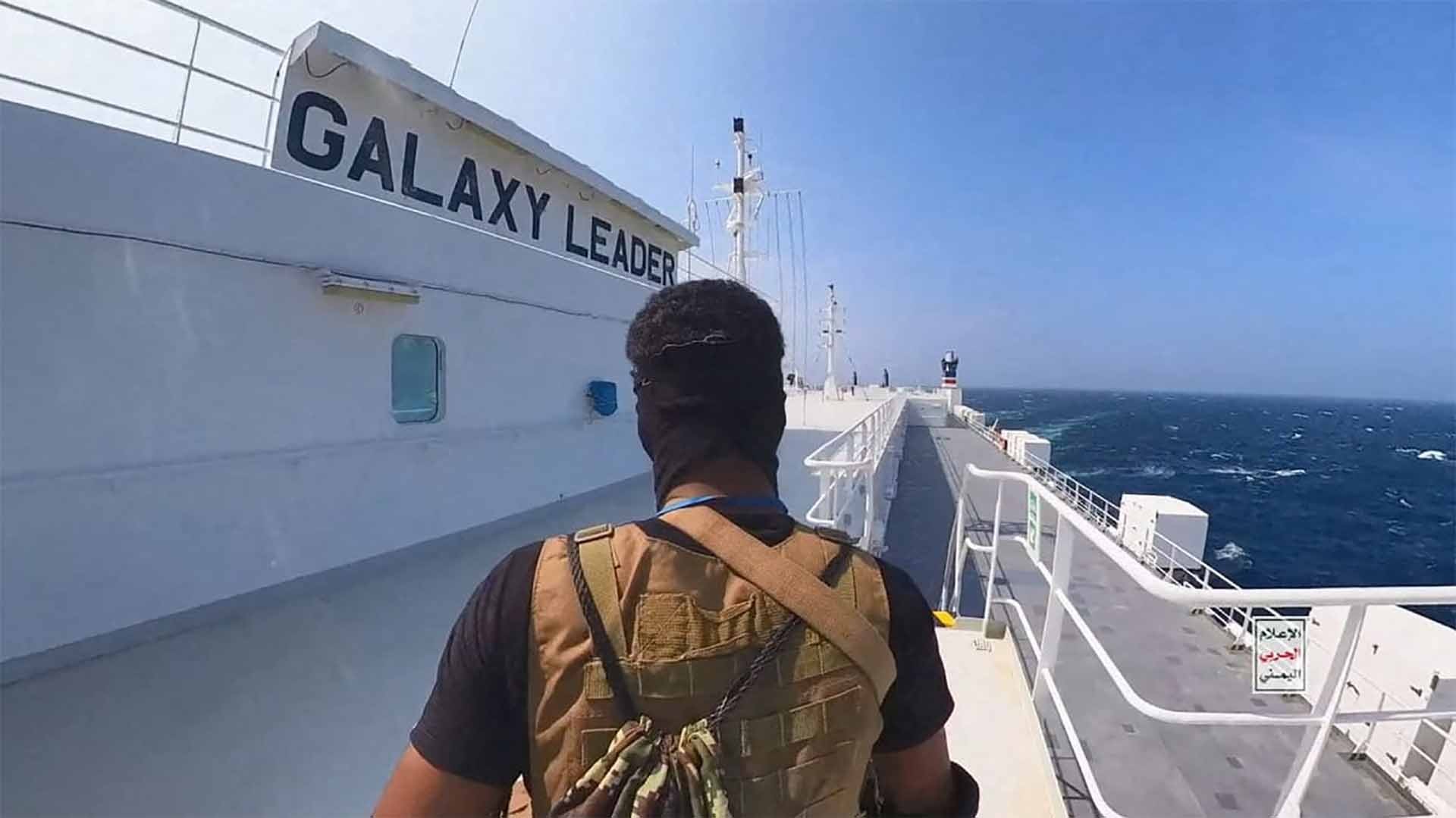 |
| The seizure of the cargo ship Galaxy Leader has heated up the Red Sea for nearly two months. (Source: AP) |
On November 19, 2023, Houthi forces in Yemen, claiming to support Hamas, seized the Israel-related cargo ship Galaxy Leader in the Red Sea with 25 sailors of various nationalities as hostages.
TASS news agency reported that from the time the conflict broke out until January 10, the US Central Command (CENTCOM) said that the Iran-backed Houthi forces carried out more than 26 missile and drone attacks on commercial ships and naval vessels in the Red Sea.
The most recent attack on January 9 was considered the largest attack by the Houthi forces on international shipping in Yemeni waters. At least 44 countries had connections to the ships attacked by the Houthis, and international trade in general was affected.
In the context of the Israel-Hamas conflict showing no signs of stopping, the increase in attacks by Houthi forces has caused the Red Sea to become "turbulent".
Important trade route
The Red Sea lies between Africa and Asia, connecting to the ocean in the south through the Bab-el-Mandeb Strait and the Gulf of Aden, and to the north through the Sinai Peninsula, the Gulf of Aqaba and the Gulf of Suez (which connects to the Suez Canal). The Red Sea is about 1,900 km long and over 300 km wide at its widest point. The seabed has a maximum depth of 2,500 m at the midpoint of the central trench and an average depth of 500 m.
The Red Sea is the world's northernmost tropical sea. The surface temperature of the Red Sea remains relatively stable at 21-25°C.
Some say the Red Sea is named because the Red Sea is partly red, due to a type of red algae that grows near the surface of the water. This algae also blooms seasonally. Others say the Red Sea refers to the mineral-rich mountain ranges nearby. But the view favored by modern scholars is that the Red Sea refers to the South, as the Black Sea refers to the North. This naming is related to the ancient Greek view of direction, black for North and red for South, blue for West and yellow for East.
The Red Sea route connecting Asia to Europe, via the Suez Canal and the Mediterranean, is considered a lifeline for international trade. The Suez Canal handles about 12% of global trade and ships from Asia access the canal through the 30km-wide Bab-el-Mandeb Strait.
About half of all goods moving through the canal are containers. The route is also vital for oil shipments from the Persian Gulf to Europe and North America.
Piracy and the Ever Given incident
This vital trade route is known as a “hot spot” for piracy. In 2008, Somali pirates attacked more than 130 merchant ships, nearly 200 percent more than in 2007. The peak came in November 2008, when a group of Somali pirates hijacked a $30 million Ukrainian cargo ship 200 nautical miles off the coast of Somalia in the southern Red Sea. The pirates wanted $20 million in cash in exchange. Eventually, through negotiations, the ship was released along with its crew and cargo.
In the following years, this area was continuously hit by many cases of piracy, ship seizures, and crew kidnappings, causing panic among passing ships and causing great economic losses to many countries importing and exporting goods through the Red Sea.
To combat piracy offshore and ensure maritime safety in the Horn of Africa, the gateway to the Red Sea, the North Atlantic Treaty Organization (NATO) launched Operation Ocean Shield on August 17, 2009. Participating in the operation were ships from NATO navies, as well as those from Russia, China, India, etc. This operation continued the Allied Protector maritime operation that NATO launched in 2008.
Operation Ocean Shield was not only aimed at combating piracy but also at helping countries in the region develop their anti-piracy capabilities and ensure sustainable security in the Horn of Africa. In 2010, at the height of the piracy crisis, more than 30 merchant ships were attacked. The operation ended in November 2016, with no reported pirate attacks off the coast of Somalia since 2012.
On March 23, 2021, the Ever Given (operated by Evergreen Shipping Group), which is as long as four football fields and weighs up to 199,000 tons, one of the world's largest cargo ships, ran aground due to bad weather while passing through the Suez Canal. The incident disrupted cargo transportation through one of the world's vital sea routes, causing huge damage to international trade.
About 20,000 ships pass through the nearly 200-kilometer-long Suez Canal every year. The grounding of the Ever Given mega-cargo ship has left more than 400 ships stranded, costing global trade between $6 billion and $10 billion a day.
The Ever Given grounding incident in the Suez Canal lasted only a week after many countries with the latest technology joined in to dredge sand and clear the flow of the Suez Canal. The ship owner then had to pay more than 200 million USD in compensation to the Suez Canal Authority for causing the blockage in this important waterway.
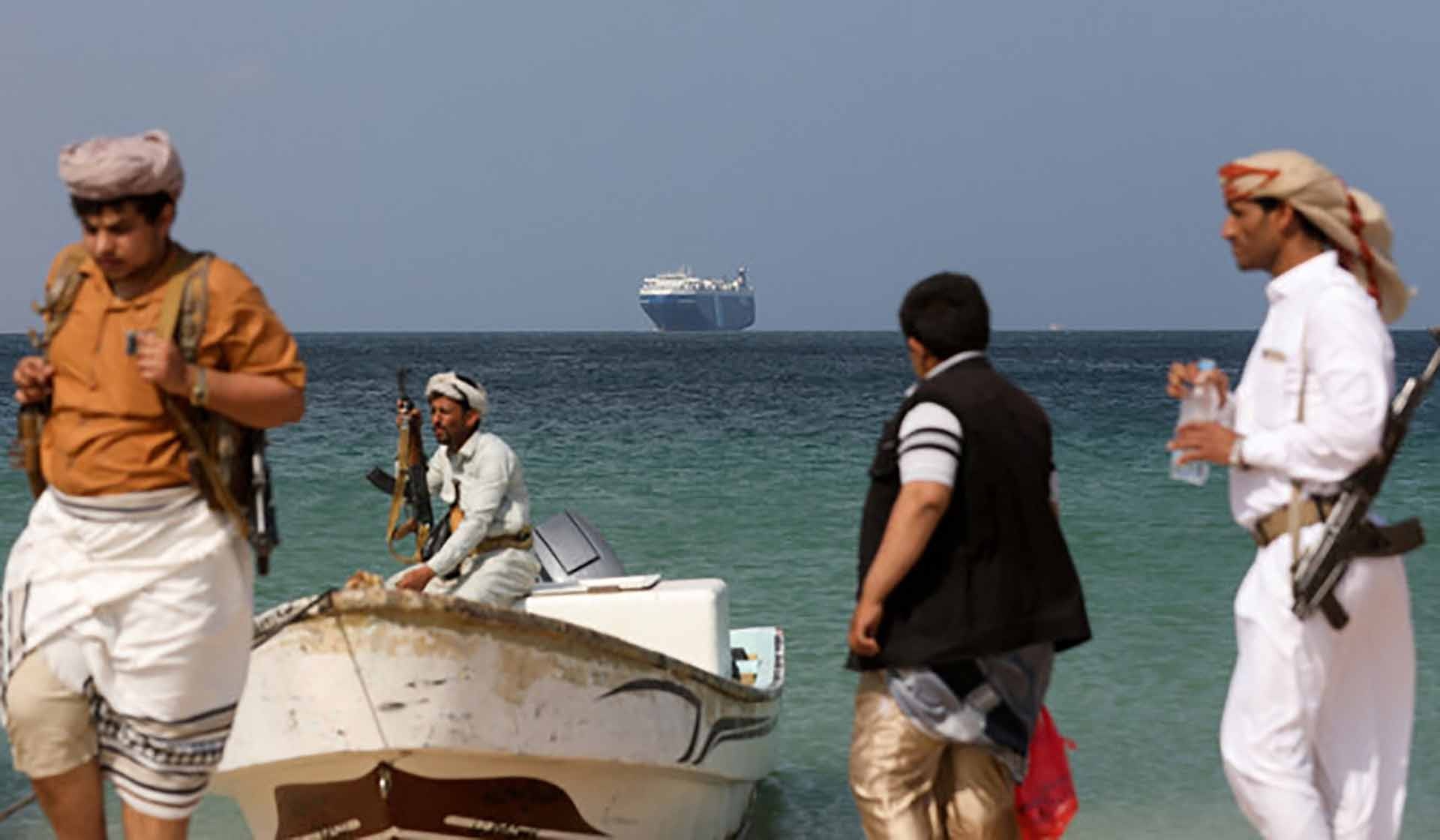 |
| Houthi attacks make moving through the Red Sea an extremely stressful task at this time. (Source: Reuters) |
Consequences from Gaza
Previous crises in the Red Sea caused by piracy or natural disasters could be resolved on the basis of international cooperation. However, the current crisis in the Gaza Strip is geopolitical in nature, and could be much more protracted and have far more serious consequences.
The Houthis have claimed to be attacking Israeli-linked ships in the Red Sea to show their support for the Palestinians and to pressure Israel into a ceasefire. There has been no sign of an end to the Houthi attacks since the seizure of the Galaxy Leader on November 19 last year. The Galaxy Leader is operated by the Japanese shipping company Nippon Yusen and flies a Bahamian flag. However, public shipping data shows that the ship’s owner is linked to Ray Car Carriers, a company founded by Abraham Rami Ungar, one of Israel’s richest men.
The rising tensions in the Red Sea pose a major threat to international maritime trade. As tensions escalate, shipping lines have had to change their shipping routes. Denmark’s Maersk, which controls nearly 15% of the global shipping market, Switzerland’s MSC, the world’s largest shipping line, Germany’s Hapag-Lloyd, France’s CMA CGM and others are rerouting their ships around the Cape of Good Hope in South Africa, more than 5,000 kilometers (3,100 miles) from the traditional route.
If shipowners still want to pass through the Red Sea, the cost of insurance for their vessels will increase significantly. Tankers of up to 90,000 tons will be charged an additional “security fee” of $150,000 per voyage when transporting petroleum products from the Middle East and India to Africa. Overall shipping rates through the Bab el-Mandeb Strait have doubled since the start of the war in the Gaza Strip.
Furthermore, the impact of instability in the Red Sea could have a huge impact on the Suez Canal and hurt Egypt’s already struggling economy. The Suez Canal generated a record $9.4 billion in revenue for Egypt in the 2022-2023 fiscal year.
Campaign to Protect Prosperity
The US Navy has repeatedly responded to Houthi attacks on civilian vessels in the region. The destroyers USS Mason and Carney have been on duty in the area since November 2023. According to the US Central Command (CENTCOM), on December 14, 2023, the destroyer USS Mason successfully protected the Ardmore Encounter tanker in the Red Sea from two missiles and a drone attack.
On December 18, 2023, the United States announced a 10-nation US-led coalition to prevent Houthi attacks on ships passing through the Red Sea, called Operation Prosperity Guardian (OPG). The coalition includes the United States, the United Kingdom, Bahrain, Canada, France, Italy, the Netherlands, Norway, Seychelles, and Spain. Within this framework, some countries participate in joint patrols while others provide intelligence support in the southern Red Sea and the Gulf of Aden.
Italy is deploying the missile frigate Virginio Fasan to the region, but it will not join the OPG, which will be under the command of a US-led unit. Australia is only sending 11 personnel, while Greece has committed to sending a frigate of an unspecified type. Several countries in the region, including Saudi Arabia and Egypt, have yet to express interest in joining the coalition, while Spain withdrew just six days after the US added it. The US recently invited India to join, but like France and Italy, India prefers to maintain a separate naval presence in the region rather than join a US-led coalition to counter Houthi attacks.
The situation in the Red Sea continues to escalate, with the Hamas-Israel conflict posing a difficult problem. Each country has its own calculations to protect its interests, and those interests are resolved with different solutions.
Source























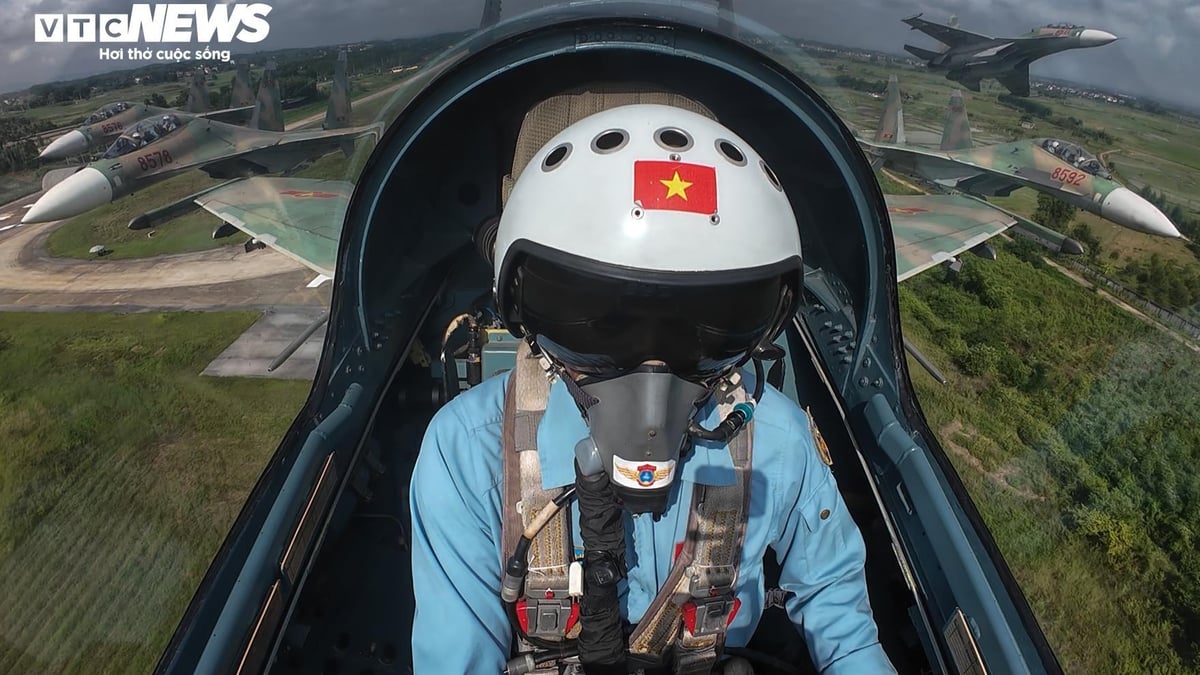


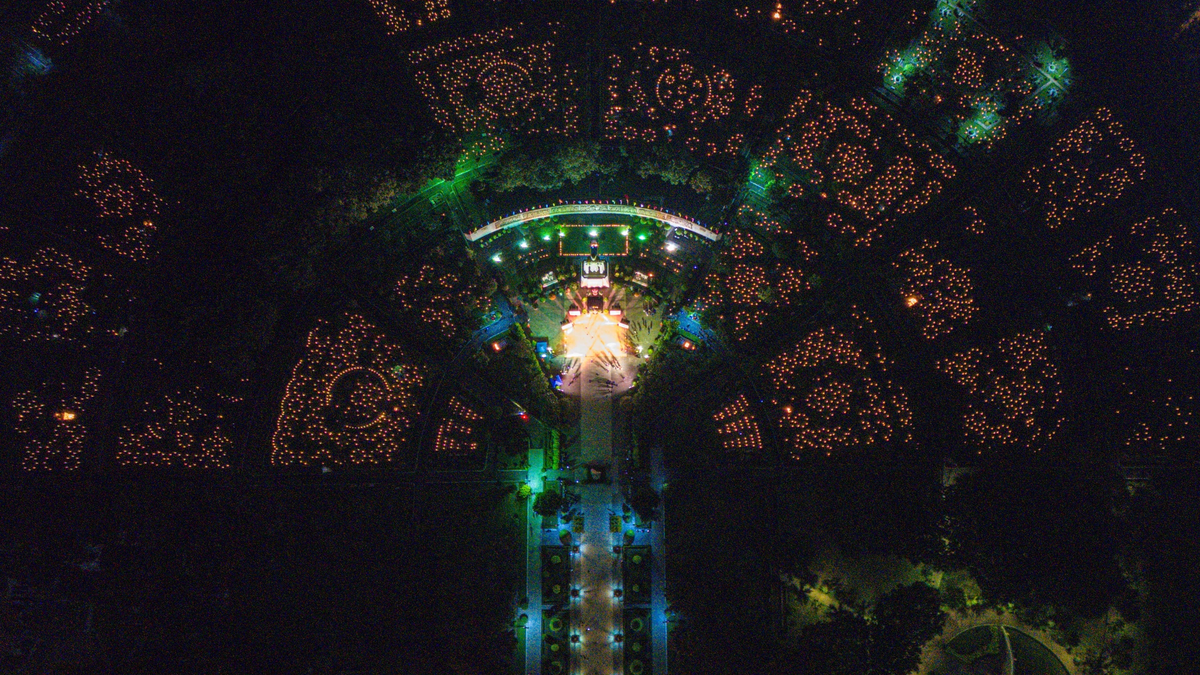
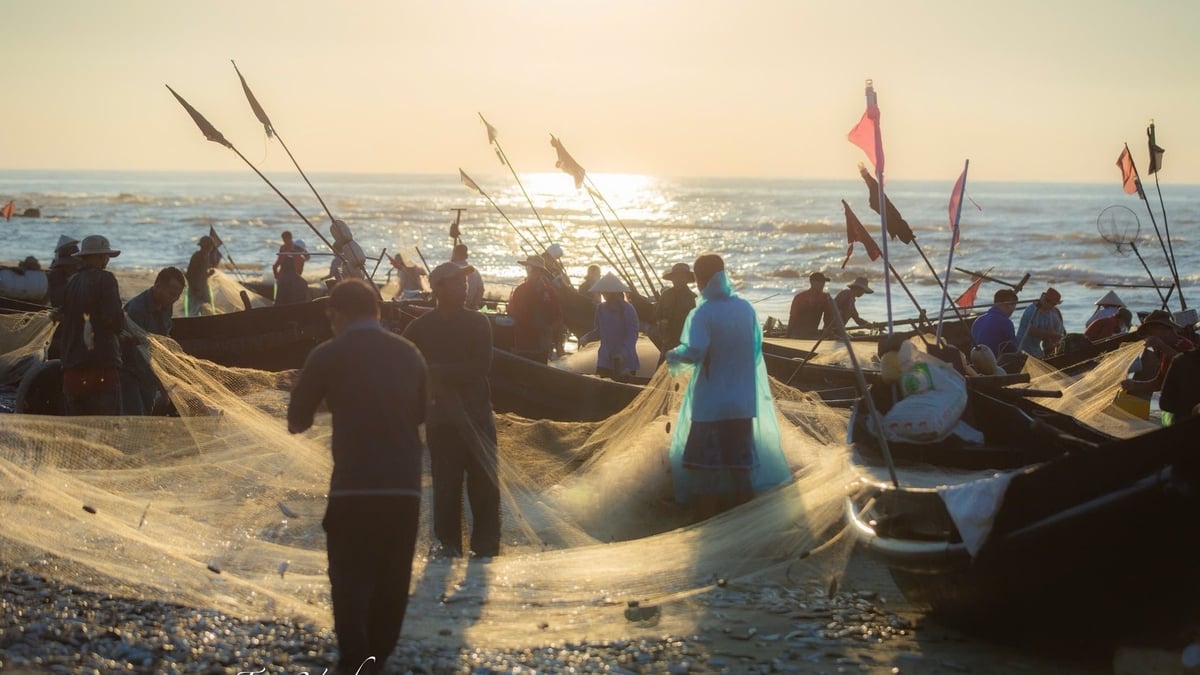
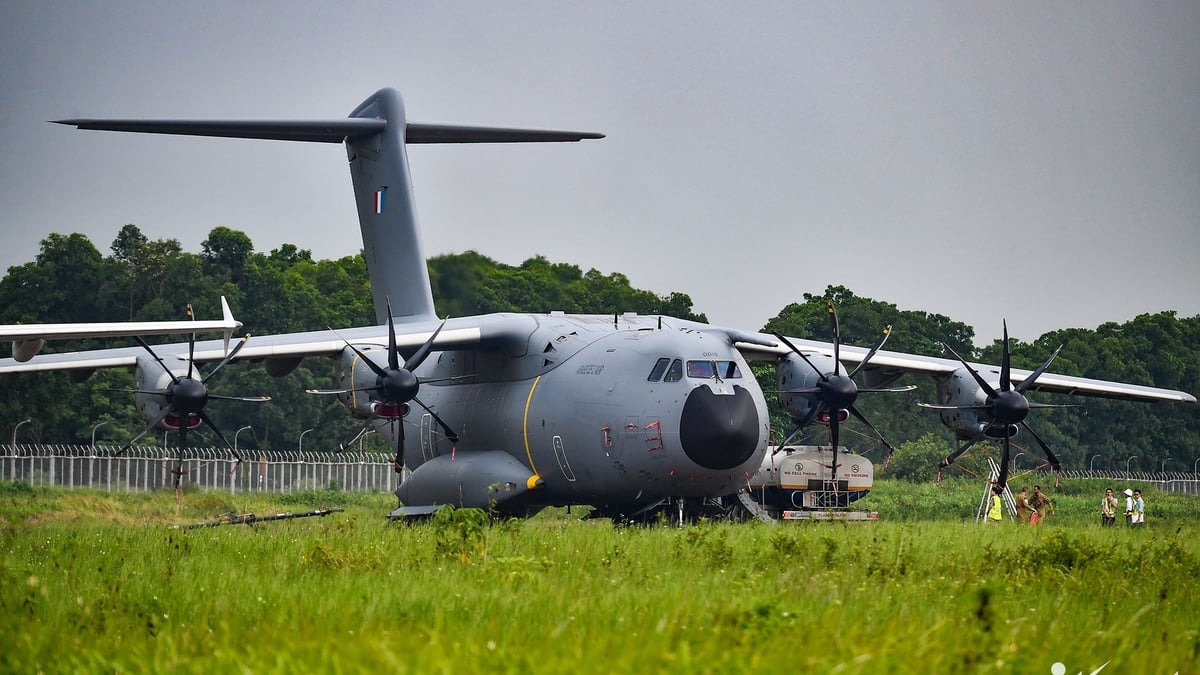






































































Comment (0)